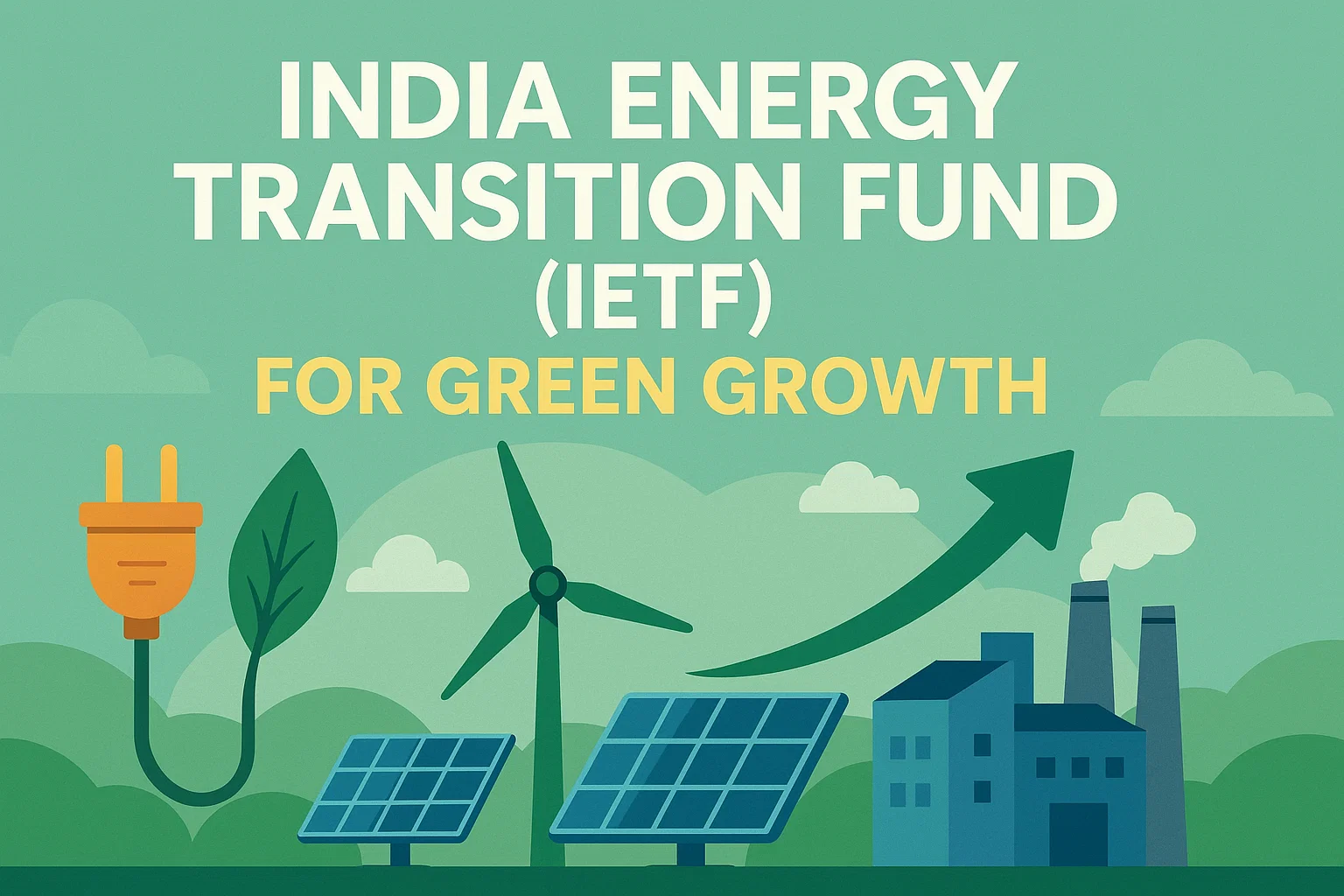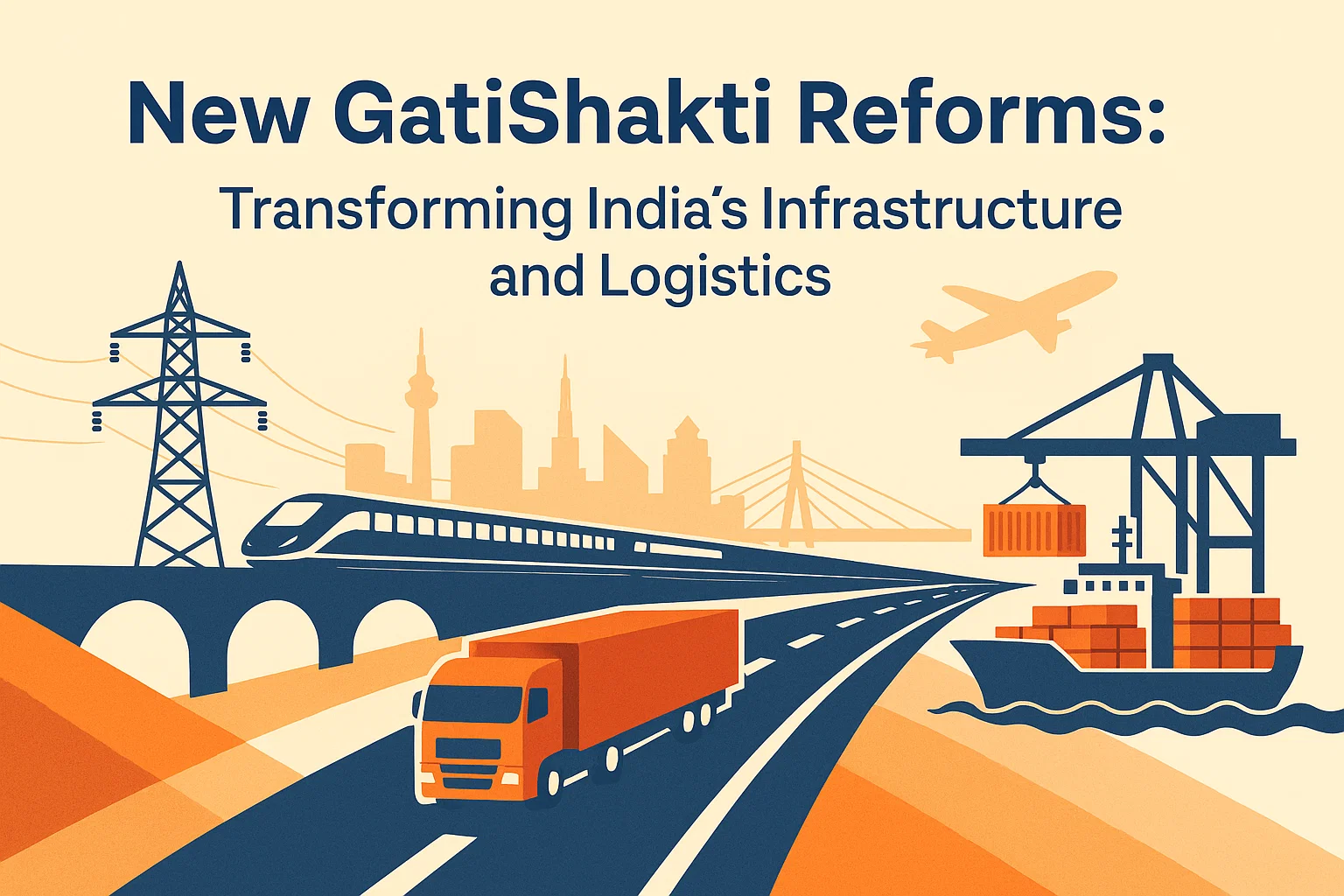Font size:
Print
Agrivoltaics in India
World Solar Day: From ploughs to panels, cultivating a solar-powered future
Context: In 1981, German scientists Adolf Goetzberger and Armin Zastrow laid the foundation for a revolutionary idea — integrating agriculture and solar energy generation. Their research proposed raising solar panels about 2 meters above the ground to allow crops to grow underneath, thereby introducing the concept of agriphotovoltaics (APVs).
More on News
- This approach not only maximizes land-use efficiency but also provides an opportunity to increase farmers’ income by combining traditional agriculture with renewable energy.
- India stands at a crossroads where agrivoltaics could transform its agricultural and energy landscapes. But while interest in APVs is growing, limited adoption, lack of standards, and weak economic incentives are slowing progress.
What are Agriphotovoltaics (APVs)?
- APVs integrate solar power generation with agricultural activities. Instead of competing for land, APVs make dual use of it: crops are cultivated beneath or between rows of elevated solar panels. Farmers benefit from:
- The sale of electricity to the grid through a feed-in tariff (FiT).
- The ability to grow crops, especially shade-loving and high-value varieties, under a more controlled microclimate.
- Improved land productivity, income stability, and reduced heat stress on plants due to moderated microclimatic conditions.
- Two primary layouts support cultivation in APV systems:
- Interspace Orientation – crops grow between panel rows.
- Overhead-Stilted Orientation – panels are elevated, allowing crops to grow beneath.
India’s Early APV Experience: A Case from Najafgarh, Delhi
- Though interest in APVs is rising in India, actual implementation is mostly limited to pilot projects by research institutions and private developers.
- A notable case comes from Najafgarh, Delhi, where a farmer leased his land to the solar company Sunmaster for 25 years. The outcomes were revealing:
- Before APV: The farmer earned around Rs 41,000 per acre annually from crops like wheat and mustard.
- After APV: He received Rs 1 lakh per acre annually as rent from the developer.
- While the energy and crop returns went to the developer, the guaranteed rent offered income security, reducing the risks linked to fluctuating crop yields.
- A hypothetical model presented by the Indian Council for Research on International Economic Relations (ICRIER) suggests even greater returns:
- If high-value, shade-tolerant crops like potato, tomato, and turmeric were grown, the crop income could reach Rs 1.5 lakh per acre annually.
- Combined with Rs 1 lakh in rent, total income could be Rs 2.5 lakh per acre annually, marking a sixfold increase over conventional farming.
What’s Holding APVs Back in India?
- High Capital Costs: Most Indian farmers are smallholders with less than 2 hectares of land, making high-capital investments in APVs inaccessible.
- A 1-MW ground-mounted solar plant over 5 acres costs approximately Rs 2.7 crore — with APVs requiring 11% more investment for elevated structures and interspace farming provisions.
- Low Feed-in Tariffs (FiTs): Without a remunerative feed-in tariff (FiT), the economics remain unfavourable.
- For instance, under Rajasthan’s PM-KUSUM scheme, the current FiT of Rs 3.04/unit results in a 15-year payback for a ground-mounted solar plant.
- However, if tariffs matched the thermal average purchase price (Rs 4.52/unit), the payback drops to just four years, vastly improving APVs’ appeal.
- Lack of National Standards: India lacks formal technical or performance guidelines for APVs. In contrast:
- Japan mandates APVs to be temporary and removable, with a minimum panel height of 2 m and limits crop yield loss to 20%.
- Germany’s DIN SPEC 91434 standard requires 66% yield retention and caps land lost to solar structures at 15%, ensuring agriculture remains the priority.
- Smallholder Exclusion: Unless APVs are scaled through Farmer Producer Organisations (FPOs) or cooperatives, smallholders risk being left behind.
Policy and Investment Pathways
- To scale APVs effectively, India needs two foundational shifts:
- Strong Farmer-Centric Policies:
- Establish national APV standards on panel height, yield protection, and land-use balance.
- Revise PM-KUSUM to include APVs as eligible components.
- Ensure farmers retain agricultural rights even when leasing land for solar.
- Economic Incentives and Support:
- Offer attractive FiTs that reflect true power costs and solar potential.
- Support from financial institutions like NABARD through credit guarantees and capital grants can further lower entry barriers.
- Provide financial support for FPOs and cooperatives to set up APV systems.
- Launch capacity-building and training programs for farmers to manage APVs.
- India can draw from success stories like the Sahyadri FPO in Maharashtra, which runs a 250-kW APV project cultivating grapes and citrus under solar panels. Their experience underscores the role of institutions in reducing risks and enabling market access.


